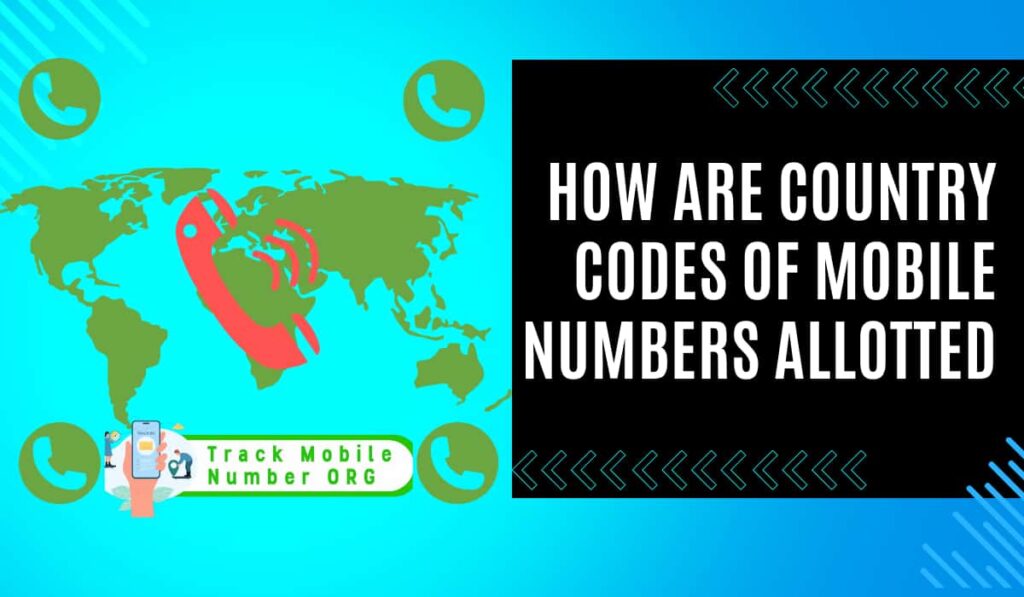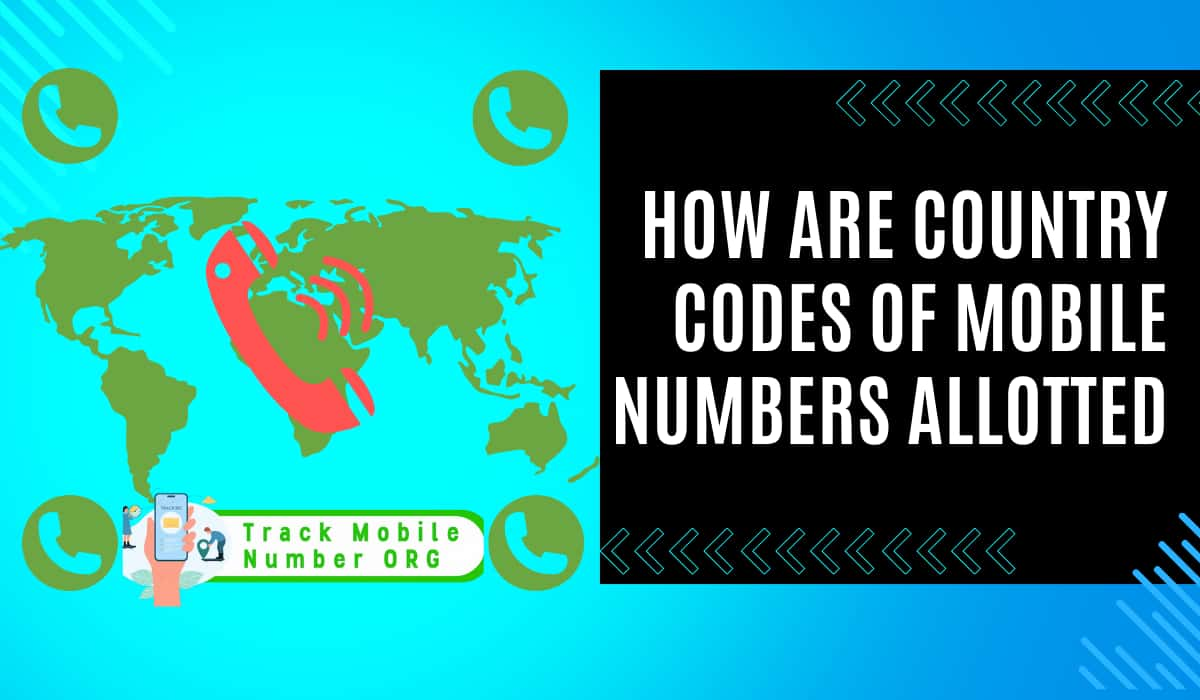When you dial an international number, you start by entering a “+” sign followed by a few digits. These digits are the country code, and they are very much needed in making sure your call is connected to the correct country.

But how are these country codes assigned? In this detailed guide, I will tell you the process behind the allotment of country codes, the role of international organizations, and the factors that determine which country gets which code.
1. Understanding Country Codes
A country code is a number prefix used before a phone number to identify the country or region to which the number belongs.
These codes ensure that calls and messages are routed to the correct destination. For example, India’s country code is +91, while the United States uses +1.
The presence of a country code in a phone number is what allows your call to be correctly directed to its intended destination, even if it is on the other side of the world.
Example:
| Scenario | Dialing Sequence |
|---|---|
| Calling from India to the USA | 00-1-123-456-7890 |
| Calling from the USA to India | 011-91-9876543210 |
| Calling from UK to China | 00-86-10-12345678 |
2. Who Allots the Country Codes?
The responsibility for assigning country codes lies with the International Telecommunication Union (ITU), a specialized agency of the United Nations. The ITU is responsible for coordinating global telecommunications and ensuring that the international phone numbering system is managed in a way that avoids conflicts and ensures smooth communication worldwide. The ITU assigns a unique country code to each country or region, which prevents confusion and ensures that each call is directed to the correct location.
Role of ITU:
The ITU operates through a series of conferences and agreements where member countries come together to discuss and decide on matters related to international telecommunications. The allocation of country codes is one of the many responsibilities of the ITU. The ITU ensures that each country code is unique and that it corresponds to the geographical and political realities of the world.
3. The Process of Allotting Country Codes
The process of assigning country codes is systematic and takes into account several factors. Here’s how it works:
| Factor | Explanation | Example |
|---|---|---|
| Geographical Considerations | The world is divided into zones, and codes are assigned based on geographic location. | Countries in North America have codes starting with “1” (e.g., USA and Canada with +1), while European countries use “3” or “4” (e.g., Germany with +49). |
| Population Considerations | Countries with larger populations might receive shorter codes to accommodate more phone numbers. | India, with a population of over 1.3 billion, has the code +91 |
| Political Considerations | Recognized sovereign states are assigned unique codes, reflecting their political status. | Hong Kong, a Special Administrative Region of China, has its own code, +852. |
| Historical Context | Historical factors can influence codes, sometimes continuing codes from former entities or reflecting historical ties. | Russia retained the code +7 from the former Soviet Union, which it now shares with Kazakhstan. |
4. Types of Country Codes
Country codes can vary in length, and the ITU assigns them based on the needs of the country or region. Here are the types of country codes you may encounter:
| Type of Country Code | Description | Example(s) |
|---|---|---|
| Single-Digit Country Codes | Reserved for large or historically significant countries. | The United States and Canada share +1; Russia uses +7. |
| Two-Digit Country Codes | Common for most countries. | India (+91), China (+86), and the United Kingdom (+44). |
| Three-Digit Country Codes | Used by smaller countries or regions. | Cyprus (+357) and Iceland (+354). |
5. Special Country Codes
Apart from the regular country codes, special codes are used for specific purposes. These include codes for global services, satellite phones, and regional areas.
| Special Code Type | Purpose | Example(s) |
|---|---|---|
| Global Services | Used for toll-free numbers accessible globally. | +800 is used for international toll-free numbers. |
| Satellite Services | Assigned to satellite phone networks. | +881 is used for satellite phones, allowing global connectivity. |
| Regional Codes | Allocated to regions with distinct administrative statuses. | Vatican City uses +379, despite being surrounded by Italy, reflecting its unique political status. |
6. Changes and Updates to Country Codes
Country codes are not permanent and can change over time due to various factors such as geopolitical changes, technological advancements, and updates in communication infrastructure.
The ITU regularly reviews and updates the list of country codes to reflect these changes and to ensure that the global communication system remains efficient and up-to-date.
Example of Changes:
| Event | Old Country Code | New Country Code | Explanation |
|---|---|---|---|
| South Sudan Independence (2011) | +249 (Sudan) | +211 | When South Sudan became independent, it was assigned a new country code, +211, separate from Sudan’s +249. |
7. Why Country Codes Matter
Country codes are more than just a series of numbers. They are a part of the global telecommunications system. They ensure that every call, text message, or data transmission reaches the correct destination. Without country codes, international communication would be chaotic and unreliable.
| Importance Factor | Impact |
|---|---|
| For Businesses | Helps in reaching international customers effectively. |
| For Individuals | It keeps you connected with friends and family globally. |
| For Emergency Services | Ensures global reachability and reliability. |
Conclusion
Country codes are carefully allotted by the International Telecommunication Union (ITU) based on geography, population, political status, and historical factors.
As the world continues to evolve, so too will the system of country codes. The ITU will continue to manage these changes by ensuring that international communication remains smooth and reliable.
By understanding the process behind the allotment of country codes, you can better appreciate the complexity and importance of this global system.


